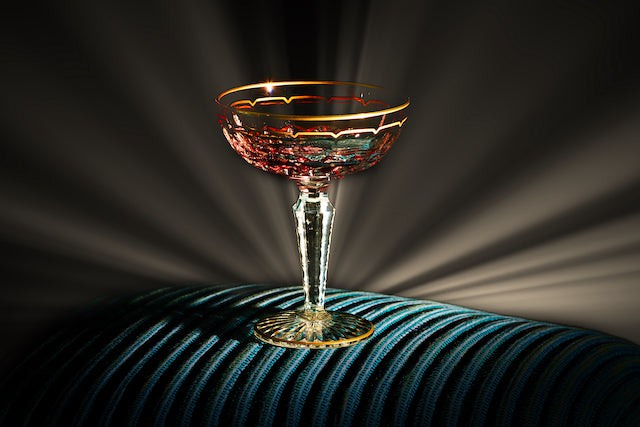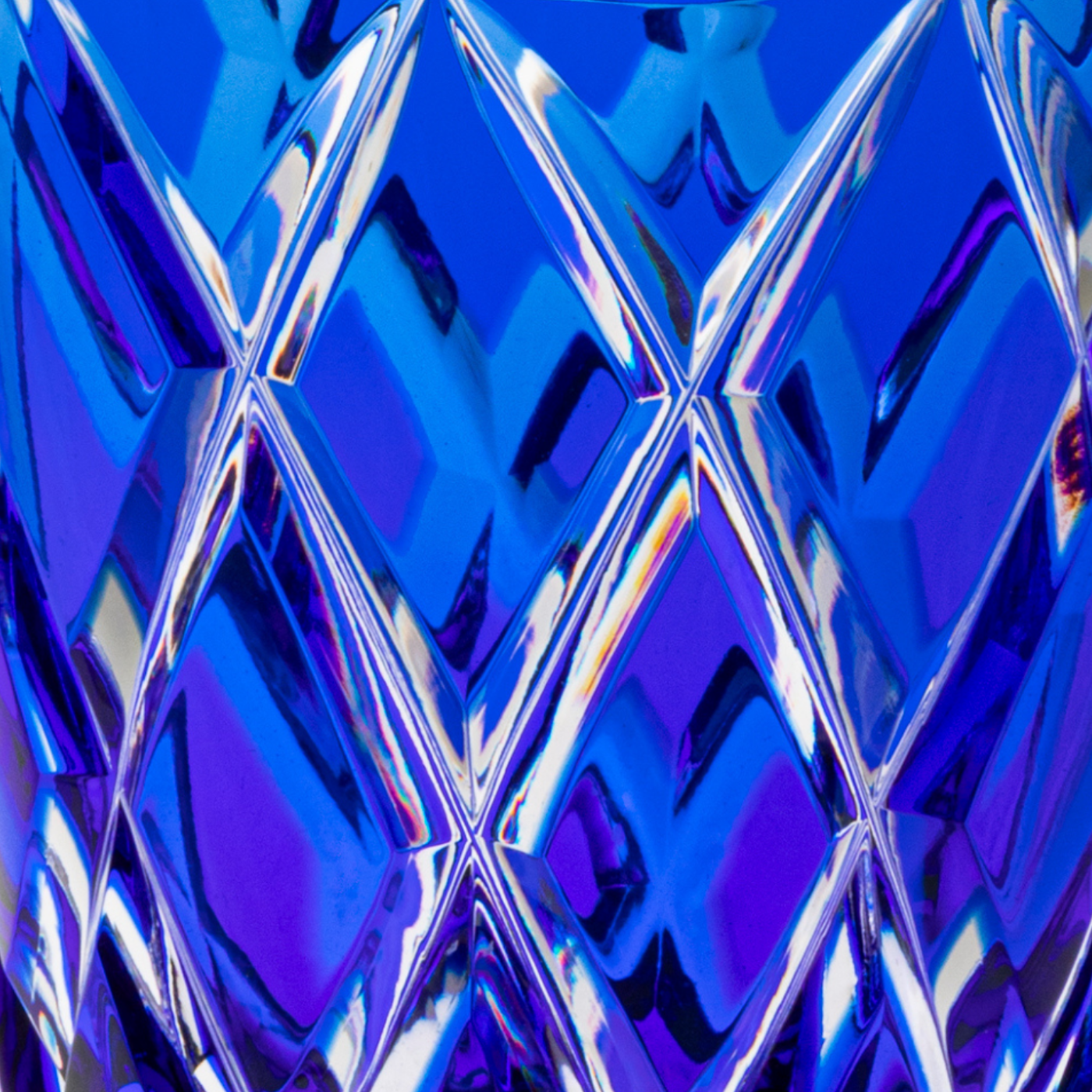
AMBER
Amber is a warm, sparkling colour, perfect in the middle of yellow and orange.
HISTOIRE & ATTRIBUTS
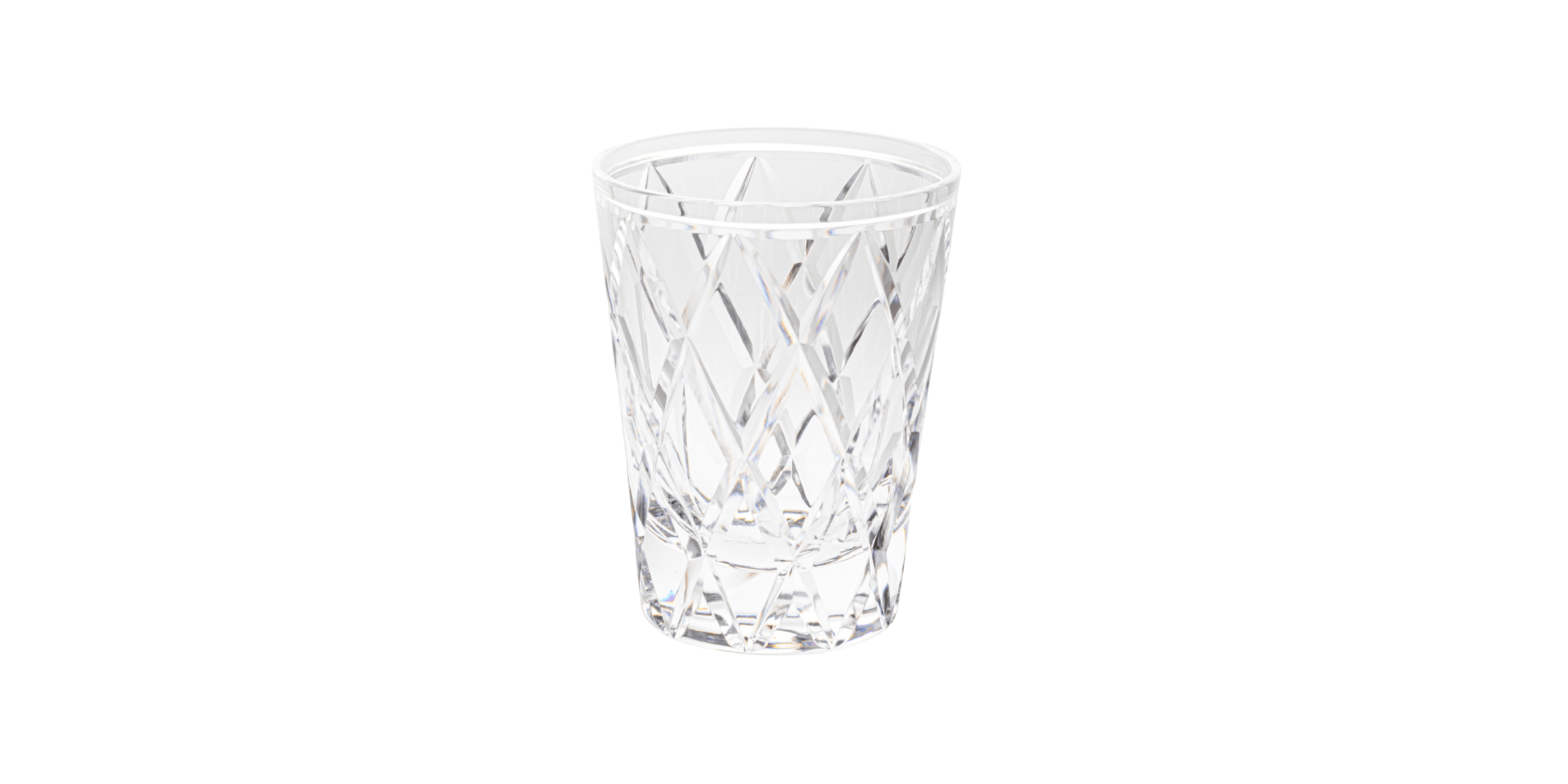
Before
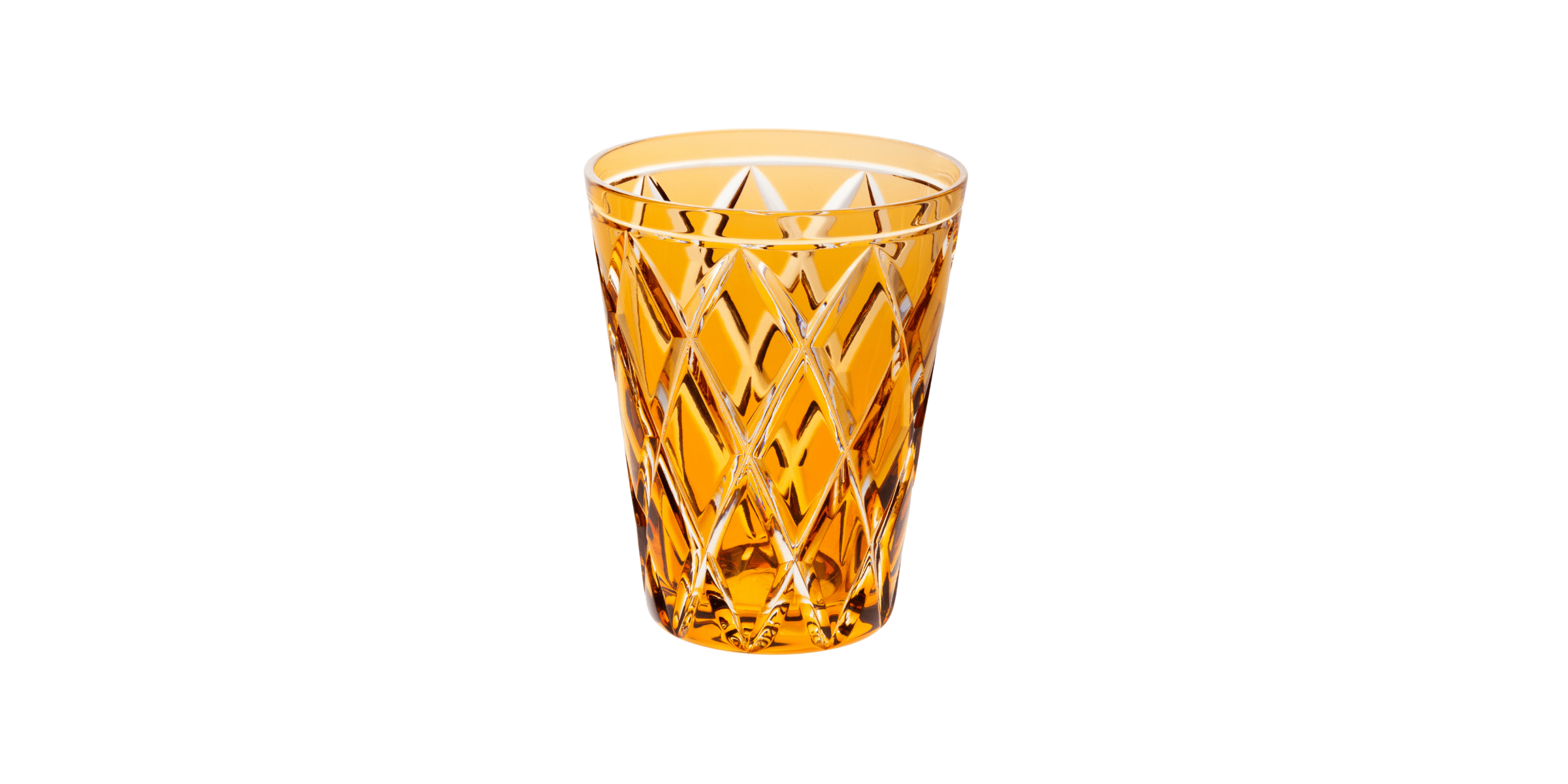
After
Technically defined as a dark yellow, its warm undertones often make it appear more golden than yellow.
The term "amber" was first used to describe a colour in the 1500s. It takes its name from the tree resin called amber, which has been present since the Stone Age and is still widely used in jewellery today.
Throughout history, amber (resin) has often been associated with magic and spirituality - terms that can also be associated with colour. In Ancient Greece and Rome, women wore amber figurines to enhance fertility, while other cultures believed that the souls of animals became pieces of amber after death.
Along with red and green, amber is also used on traffic lights, denoting expectation and patience. Amber is also considered to be an autumn colour, and goes particularly well with wood.
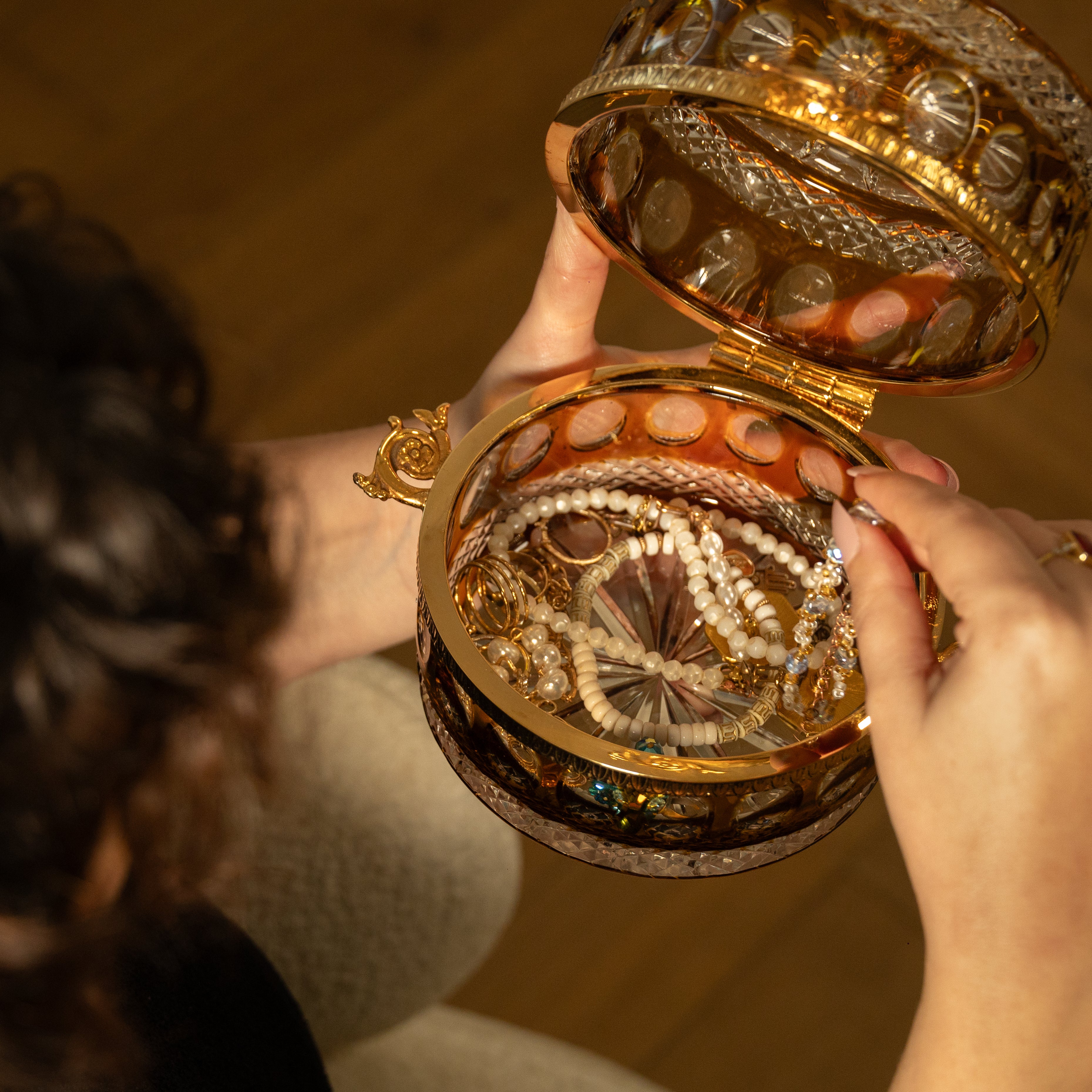
How & why should I use it?
Because it is warm and vibrant, amber is associated with energy. Its vibrancy can bring out feelings of joy as well as inspiring courage. In psychology, amber is analysed as symbolising vitality, self-confidence and security.
Similar to gold, amber can also be used to represent wealth.
In design, amber is perfect for adding vibrant accents to a space. Combining it with warm browns and reds, for example wood furniture, or deep greens, will create a vivid and natural colour palette, and its association with energy supports the idea that it is a perfect choice if you want to liven up, brighten up or invigorate a space.


